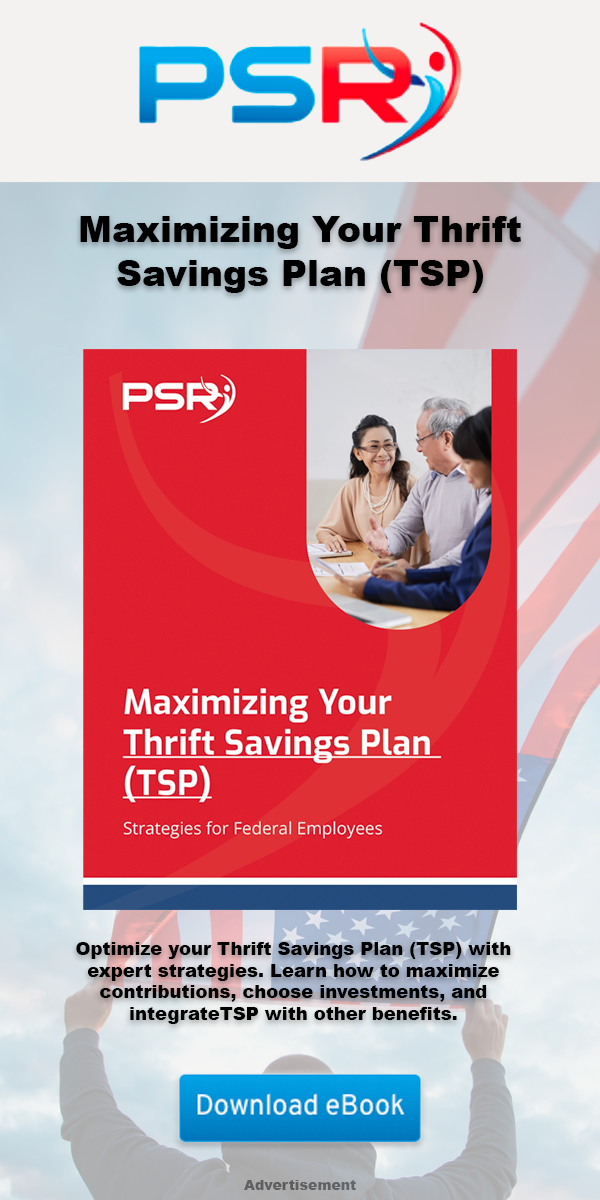Key Takeaways
-
The Windfall Elimination Provision (WEP) can reduce your Social Security benefits if you retire under the Civil Service Retirement System (CSRS). Understanding how WEP works is key to minimizing its impact.
-
Strategies such as earning substantial Social Security credits, utilizing spousal benefits, and leveraging non-covered pensions can help reduce or even eliminate WEP’s effect.
Understanding WEP and Its Impact on CSRS Retirees
If you’re a Civil Service Retirement System (CSRS) retiree who paid little or nothing into Social Security, you may face the Windfall Elimination Provision (WEP). This rule reduces your Social Security benefits because CSRS pensions are considered non-covered earnings—meaning they didn’t have Social Security payroll taxes deducted.
- Also Read: FAA, Law Enforcement, and Special Federal Employee Categories—Here’s What Makes Their Retirement Unique
- Also Read: Blending Private and Public Sector Retirement Plans Is Complicated—Here’s Where Couples Get It Wrong
- Also Read: The Silent Shift in Postal Service Retirement Benefits That Could Change Everything by 2026
1. Earn Substantial Social Security Credits Before Retirement
Why It Matters
WEP only applies if you have fewer than 30 years of substantial Social Security earnings. If you worked a second job or had other covered employment, you might be able to avoid the reduction by meeting Social Security’s substantial earnings threshold.
The 30-Year Rule
-
30+ years: WEP does not apply, and you receive your full Social Security benefit.
-
21–29 years: WEP still applies, but the reduction decreases with each additional year.
-
20 years or fewer: The full WEP reduction applies.
2025 Substantial Earnings Threshold
To count toward the 30-year rule, your covered employment must meet the annual substantial earnings threshold. For 2025, the threshold is $33,165. If you earn at least this amount in covered work, that year counts toward your total.
Strategies to Gain More Years
-
Work part-time in Social Security-covered employment before retiring.
-
Delay CSRS retirement and take a second career where Social Security taxes are deducted.
-
Ensure past covered earnings are correctly reported to Social Security.
By strategically planning your earnings history, you can reduce or eliminate WEP’s effect.
2. Maximize Spousal and Survivor Benefits
Spousal Benefits as a Workaround
If your spouse qualifies for Social Security, you may be able to claim spousal benefits, which are not subject to WEP. This can be a valuable alternative if your own Social Security benefits are heavily reduced.
Who Qualifies?
You may be eligible for up to 50% of your spouse’s full retirement benefit if:
-
You are at least 62 years old.
-
Your spouse has filed for their own Social Security benefits.
Since spousal benefits are calculated based on your spouse’s work history, they aren’t affected by WEP reductions to your own earnings record.
Survivor Benefits: A Different Rule
WEP does not apply to Social Security survivor benefits. If your spouse passes away, you can receive 100% of their benefit without WEP reductions, even if you have a CSRS pension.
Strategy to Maximize Benefits
-
If your own Social Security benefit is significantly reduced, consider taking spousal benefits instead.
-
If you have a younger spouse, delaying your Social Security claim may increase your spousal benefit.
-
Understand that Government Pension Offset (GPO) may reduce spousal and survivor benefits, but WEP itself does not apply to these.
3. Utilize a Non-Covered Pension Planning Strategy
Timing Your Pension and Social Security Claims
One lesser-known strategy is delaying your CSRS pension while collecting Social Security first. WEP applies only after you start receiving your CSRS pension. If you claim Social Security first, you may temporarily receive full benefits.
However, once your CSRS pension starts, WEP will take effect, reducing your Social Security. While this strategy doesn’t eliminate WEP, it allows you to receive higher Social Security benefits for a period of time.
Consider a Lump-Sum Pension Withdrawal
If you withdraw your CSRS contributions as a lump sum rather than receiving a monthly pension, WEP does not apply. However, this strategy comes with risks:
-
You will forfeit your CSRS pension entirely.
-
The withdrawal amount may be subject to taxes and penalties.
-
You’ll need alternative retirement income sources.
Hybrid Strategy: Work After Retirement
Some retirees choose to return to work in a Social Security-covered job after retiring under CSRS. If you earn enough covered wages, you can increase your total years of Social Security earnings, which may reduce or eliminate WEP.
-
Example Strategy: Work part-time for 5-10 years post-retirement in a Social Security-covered job to reach the 30-year mark.
By understanding these pension and employment strategies, you can minimize WEP’s long-term impact.
What This Means for You in 2025
WEP remains a major factor for CSRS retirees who qualify for Social Security benefits, but careful planning can help reduce or avoid its effects. Whether you increase your covered earnings, claim spousal benefits, or adjust your pension strategy, you have options to maximize your retirement income.
If you’re approaching retirement and need help navigating these rules, speaking with a licensed agent listed on this website can provide personalized guidance. They can help assess your work history, Social Security benefits, and pension options to ensure you’re making the best decision for your financial future.












